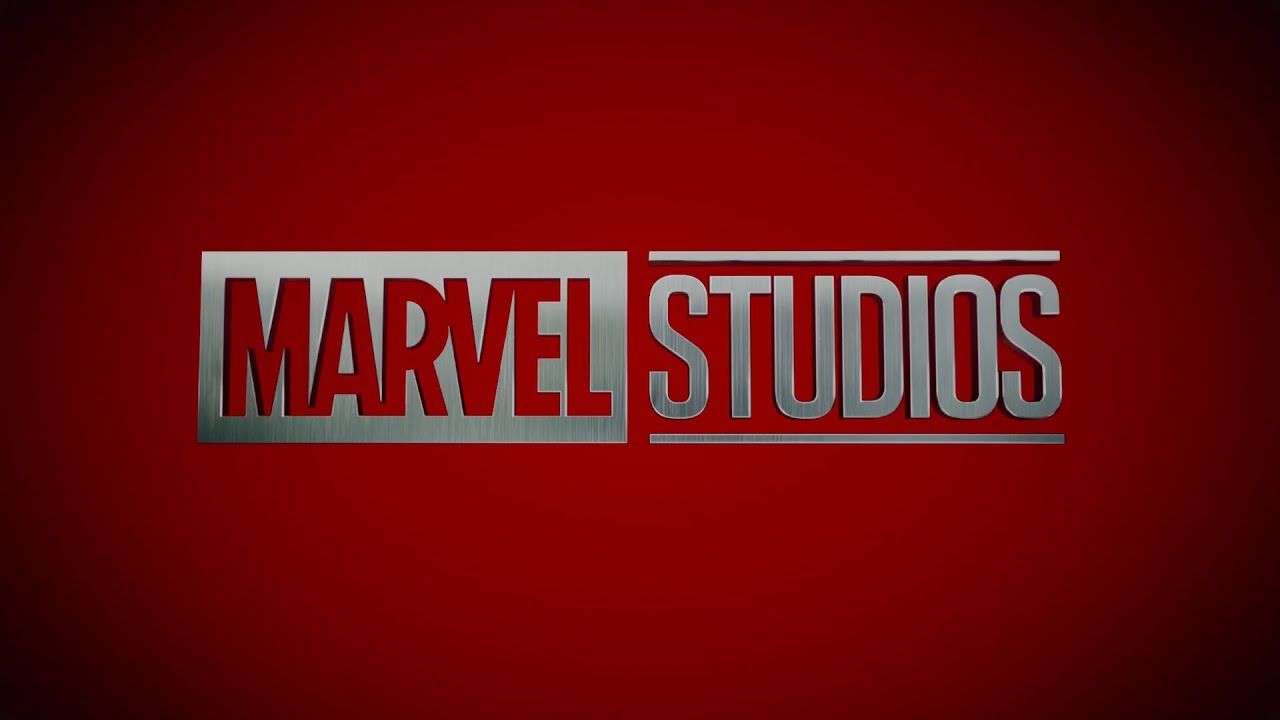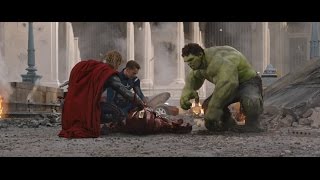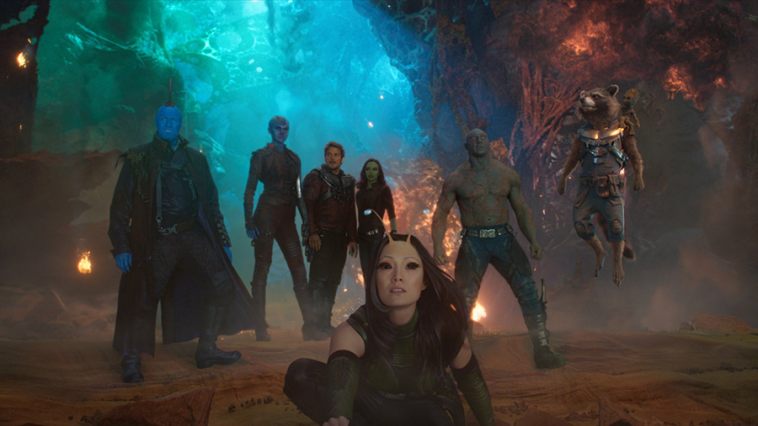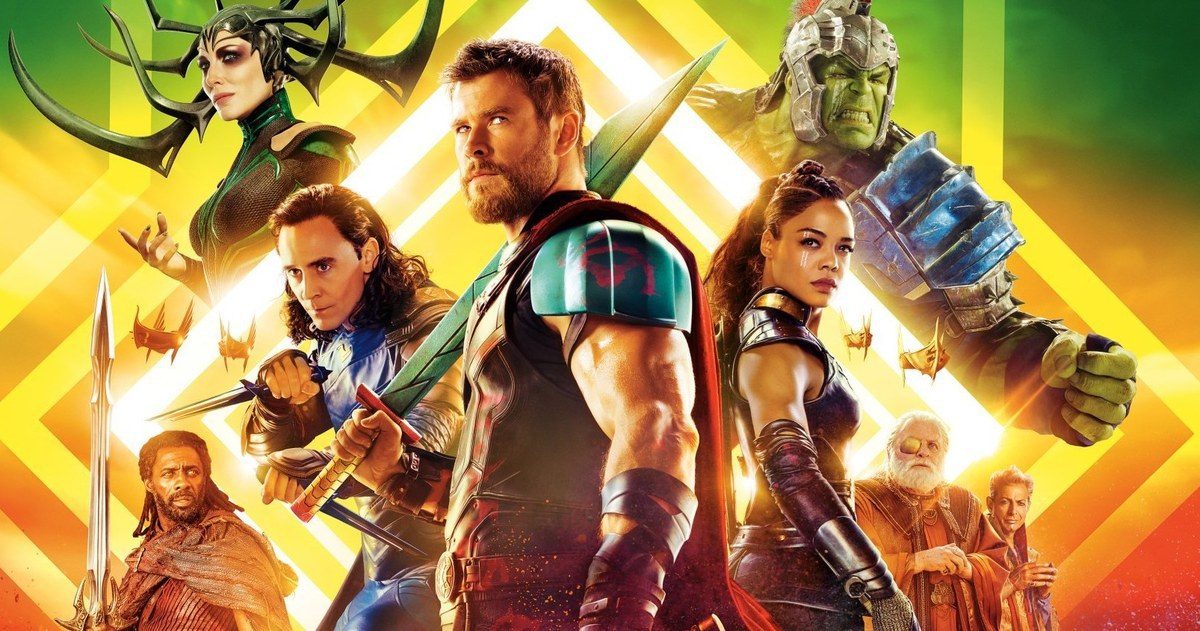In today’s modern world, the Marvel Cinematic Universe can frequently feel more like an oversized big-business brand than it does an actual creative endeavor.
Since its humble beginnings back in the late 2000s when the then-struggling Marvel Studios decided to take matters into their own hands and attempt to self-produce films for the remaining characters they still had the rights for, the franchise and studio itself has been on a hero’s journey not all that dissimilar from those often featured in their films. With the release of Iron Man in 2008, they sent a vicious shock up the spine of the entire entertainment industry. Not only had they successfully self-produced a film about one of their so-called “B-List characters”; they had turned it into a gargantuan hit that audiences loved.
In the decade-plus since then, Marvel has spent its time rising from the scrappy underdogs to the rulers of all of Tinseltown as the rest of the industry has been stuck constantly tripping over their own two feet, attempting to ape Marvel’s shared universe model.

I say all of this simply to reiterate: Marvel may have started this David and Goliath story in the role of David, but they have since become firmly entrenched in the role of Goliath. They are a multi-billion dollar asset, a practically impenetrable brand that is essentially a license to print money. And yet, it is consistently humbling just how often the scrappy underdog roots of their story still shine through in Kevin Feige and co.’s unrelenting desire to improve their craft. For an easy example of this, one need look no further than the tale of that time not-so-long-ago when an innocent little YouTube video changed the entire MCU forever.
If you don’t know of the YouTube channel Every Frame a Painting, I cannot recommend it highly enough. Started in 2014 and run by writers/editors Taylor Ramos and Tony Zhou until its official end in 2017, the channel spent its time providing some of the most educational and insightful analysis of legitimate film form that the internet had to offer. Examining everything from the visual comedy stylings of Edgar Wright, to how Orson Welles’ F for Fake showcased how to perfectly structure a video essay, the channel consistently delivered thought-provoking and well-crafted content. They also garnered a fair amount of success and acclaim for themselves in the process. Their videos regularly reached view-counts in the multi-millions and even as recently as this past year, acclaimed directors such as Christopher McQuarrie were still actively singing their praises.
So when the channel posted a video essay entitled The Marvel Symphonic Universe on September 12, 2016 and it rapidly became one of their highest-viewed videos to-date, it was apparent that it was reaching a fairly large audience.

The essay itself focused on the musical scores of the Marvel Cinematic Universe, as Ramos and Zhou explored why it was that the scores featured in these films were ultimately fairly forgettable. They also used this topic as a springboard to tackle the larger issue of the increasingly more common trend of popular films utilizing temp music during the scoring and editing process, examining and how and why this genericized the art of film scoring at large.
In exploring issues such as this, the way Marvel frequently utilized bland and clichéd musical tropes, and the way the films often actively deprioritized the score in the sound mix, the central thesis of the video became that;
“Marvel sacrifices emotional richness for safe choices”
By and large, Ramos and Zhou were correct in their assessment of this issue. In a steadfast attempt to maintain cohesion across the entirety of their interconnected sub-franchises, Marvel had created a bland, non-offensive sonic palette which accompanied all of its films.

A clichéd orchestral score that hit high notes for moments of emotional resonance and percussive crashes during the actions sequences, paired with samplings of various pop and rock songs from decades past. Guardians of the Galaxy may have been the film to foreground this jukebox-style technique overtly, but it had been present ever since the use of AC/DC in the first Iron Man. It was their in-house style, similar to what they were doing with the visuals at this same point-in-time, setting pre-established norms that every film would follow, all in an attempt to give the audience a sense of consistency.
This isn’t an inherently bad thing. It’s just that implementing such regulations leads to some incredibly bland choices, as they protrude into a composer’s creative process and serve to actively limit the number of potential options. In the words of Ramos and Zhou, this makes things unequivocally “safe” but does not leave room for the kind of artistic “risks” that endear music to the audience.
Which is why it is incredibly interesting to look at how Marvel’s music subsequently changed so dramatically after the release of this video. It’s important to remember that The Marvel Symphonic Universe video essay was released in the latter half of 2016, meaning that the MCU had been running and operating with these rules and regulations in place for over eight years. Yet suddenly, in the final months of 2016, things started to change.

The first MCU film to be released after the video essay was Doctor Strange in November of 2016, a mere two months after the video had been released. And while Academy Award-winning composer Michael Giacchino had already been brought on board the film in May of that year, meaning the scoring process would have already been underway when the video essay was released, there’s still a correlation between the two.
Giacchino’s score sees Marvel actively distancing themselves from their own in-house rules. Whereas in the previous eight years, even when big-time composers such as Patrick Doyle or Alan Silvestri delivered scores their work generally lacked the composer’s biggest authorial stamps, Giacchino’s work on Strange sounds like a Giacchino score through-and-through. And part of the reason this was so prevalent in the film is that for the first time, the score was an actual emphasis of the film itself. Amidst director Scott Derrickson’s trippy visuals and phantasmagorical sequences of color, Giacchino’s score was able to take center-stage. In short, Strange wound up being a cornerstone for the franchise as it expanded its visual and audio sensibilities.
But if Doctor Strange was the first step in Marvel’s sonic evolution, then the next year saw them making full-blown leaps-and-bounds. 2017 was the first year that Marvel Studios released three feature films in one year and that eclectic line-up featured Guardians of the Galaxy Vol. 2, Spider-Man: Homecoming, and Thor: Ragnarok. Whereas previous Marvel film scores could essentially be stacked up next to one another and listeners would have a hard time even hazarding a guess as to which film the music was actually from, each of these three films featured scores so varied and so distinct that their source material was unmistakable.

For Guardians of the Galaxy Vol. 2, composer Tyler Bates returned once again but whereas his score for the first Guardians film frequently felt generic and a bit uncharacteristically stilted, his score for the sequel was emotionally-charged and some of his finest work to date. It played like a super-charged space opera in every way, encompassing the colors, emotions, and characters of the film itself within its sound.
For Spider-Man: Homecoming, Michael Giacchino collaborated with the studio once again, this time crafting a schizophrenic and off-kilter score that fit the coming-of-age Spider-Man film like a glove. A good part of the film’s charm relied heavily on it channeling a post-modern John Hughes aesthetic and Giacchino’s left-of-center score created a beautiful yet unexpected marriage of sight and sound that was easily Marvel’s biggest musical risk yet.
And then, we got the big one. Thor: Ragnarok broke every rule in the Marvel scoring book. In working with synth-pop legend Mark Mothersbaugh, Marvel delivered its best and most memorable score, with melodies so well-crafted and clearly utilized in the film that they stayed with viewers long after leaving the theater. Gone were the trite orchestral beats and in were unique electronic flourishes that would have felt more at home in a John Carpenter film than in a Marvel film. A revolutionary score that perfectly complimented and challenged director Taika Waititi’s revolutionary Marvel film. It was the kind of big artistic swing that, even a year earlier, would have felt unimaginable. And yet here it was, blaring through the sound system of your local theater.

When looking at these three films specifically, the sizable impact of Ramos and Zhou’s work is immeasurable. It was as if Marvel set out to actively respond to each of their central critiques. They diversified their soundscapes for each individual film, avoided cluttering the mix or covering up the score with unnecessary sound, and put emphasis on making truly unique and original film scores rather than adhering to temp music banality. The end result is that this third phase of Marvel films doesn’t just have the best scores of the bunch, it also has the most emotionally rich and compelling films of the entire franchise.
One need look no further than the Oscar-nominated Black Panther and its absolutely incredible Ludwig Göransson-penned score to see just how dynamically different and emotionally affecting the MCU’s scores, and subsequently their films at large, have become. Because the score is the beating heart of every great film. One cannot make a great film without a great film score; one that challenges the text as often as it compliments it and works to strengthen the subtext in ways both big and small. Citizen Kane wouldn’t be the same film without Bernard Herman’s score. Nor would Star Wars or the films of Steven Spielberg be remotely the same without the work of John Williams.
I think that, above all else, this is what the Every Frame a Painting video essay helped Kevin Feige and co. to realize. That in limiting their soundscapes to these safe choices, they were actively preventing audiences from emotionally connecting to their films the same way that they themselves had connected to their own favorite films. So, instead of resting on their laurels, those same scrappy underdogs who were nearly laughed out of Hollywood for attempting to self-produce films about their B-list characters stepped up to the challenge, heard the criticism out, and took bigger risks than ever before.